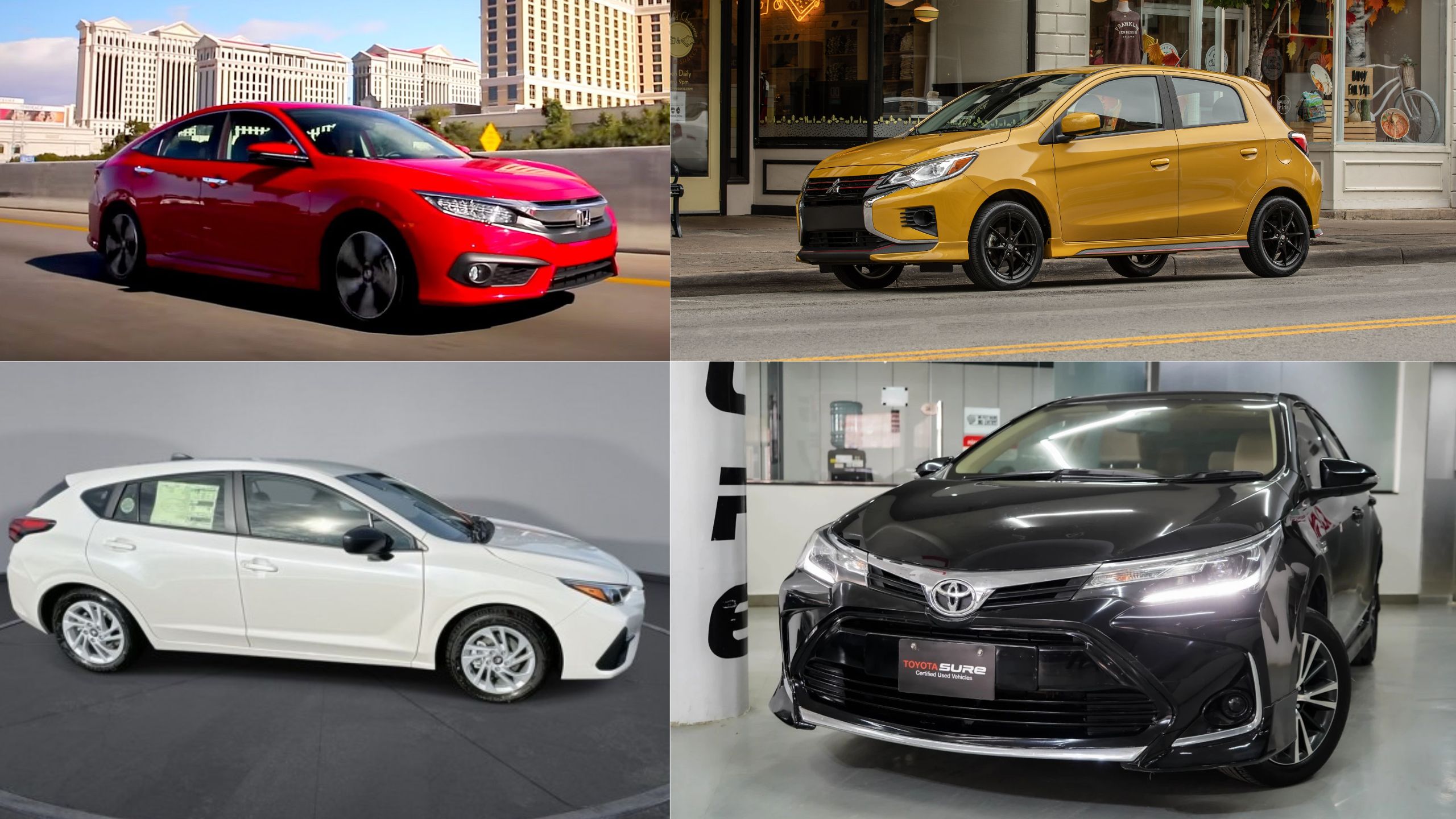When shopping for a new car, the base model often represents the most affordable entry point into a vehicle lineup. However, not all base models are created equal. While some manufacturers cut corners to achieve a lower price point, resulting in compromised reliability and functionality, others deliver remarkable durability and value even at the entry level.
Understanding which base models excel in longevity and which fall short can save buyers thousands in maintenance costs and headaches down the road. This guide examines five surprisingly durable base models that outperform expectations and five that consistently disappoint owners with subpar reliability and performance issues.
From unexpected champions that deliver premium reliability at economy prices to disappointing entries from otherwise respected manufacturers, these insights will help go through the complex world of base model vehicles and separate the genuine values from the false economies.
5 Surprisingly Durable Base Models
1. Toyota Corolla L
The Toyota Corolla L stands as a testament to the fact that “basic” doesn’t have to mean “disposable.” As the entry point to the Corolla lineup, this base model embodies Toyota’s legendary reputation for building vehicles that refuse to die. What makes the Corolla L particularly impressive is how it maintains exceptional durability despite its affordable price point.
Under the hood, the Corolla L features Toyota’s time-tested 1.8-liter four-cylinder engine, a powerplant known for reaching 300,000+ miles with proper maintenance. This engine avoids the complexity of direct injection and turbocharging found in many competitors, reducing potential points of failure while delivering adequate performance and excellent fuel economy.
The conventional automatic transmission in base models similarly prioritizes longevity over cutting-edge technology, with many owners reporting trouble-free operation well beyond 200,000 miles.
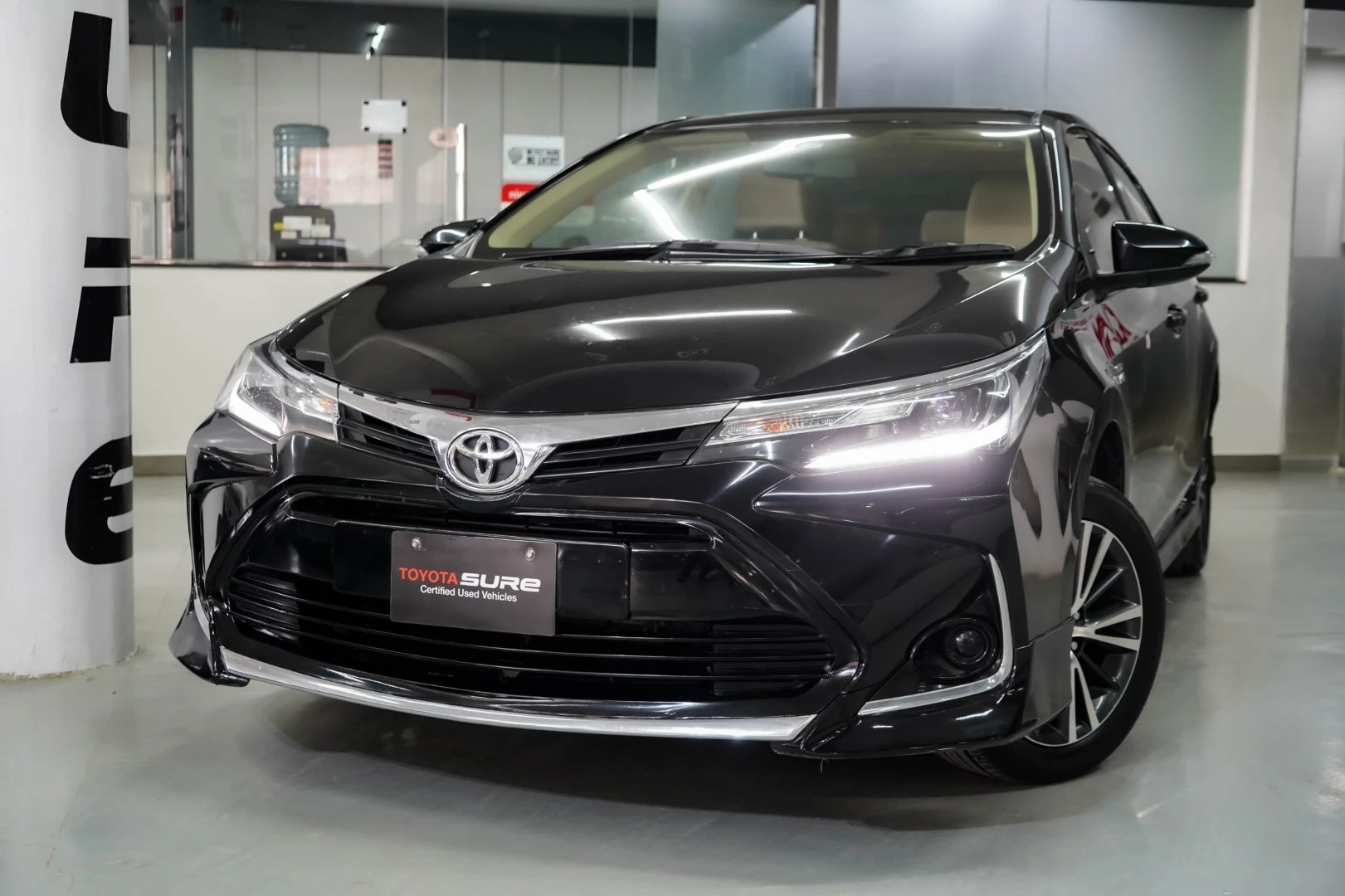
Toyota’s commitment to building quality extends throughout the vehicle. The electrical system demonstrates remarkable reliability, with minimal reports of sensor failures or electronic gremlins that plague many modern vehicles.
Interior materials, while not luxurious, are selected for durability rather than initial aesthetic appeal, resulting in cabins that resist wear exceptionally well over time. Perhaps most telling is the Corolla’s consistent performance in long-term reliability studies.
Consumer Reports and J.D. Power regularly rate the Corolla among the most reliable vehicles in its class, with many owners reporting minimal repair costs even after a decade of ownership. Maintenance costs remain low thanks to widely available parts and straightforward servicing requirements.
What truly separates the Corolla L from other base models is Toyota’s resistance to decontenting critical components. While competitors might save costs by using lower-grade materials in unseen areas, Toyota maintains consistent engineering standards across trim levels, ensuring the base model benefits from the same fundamental durability as higher-priced variants.
2. Honda Civic LX
The Honda Civic LX represents one of the automotive industry’s most compelling combinations of affordability, driving dynamics, and long-term reliability. As Honda’s entry-level Civic offering, the LX trim surprises owners with its robust construction and resistance to common economy car ailments, even when subjected to years of daily commuting abuse.
At the heart of the Civic LX’s durability is Honda’s naturally aspirated 2.0-liter four-cylinder engine. This powerplant exemplifies Honda’s engineering philosophy: simple, efficient, and overbuilt. With a timing chain rather than a belt, moderate compression ratios, and conservative tuning, these engines routinely surpass 250,000 miles while requiring little more than regular oil changes and basic maintenance.
Unlike some competitors who sacrifice quality in base models, Honda uses the same engine block and core components found in higher trims, just with more conservative tuning.
The Civic’s continuously variable transmission (CVT), once considered a potential weakness, has demonstrated impressive longevity in recent generations. Honda’s conservative approach to CVT design, with regular fluid change intervals and more robust internal components than many competitors, has yielded a transmission that withstands the test of time when properly maintained.
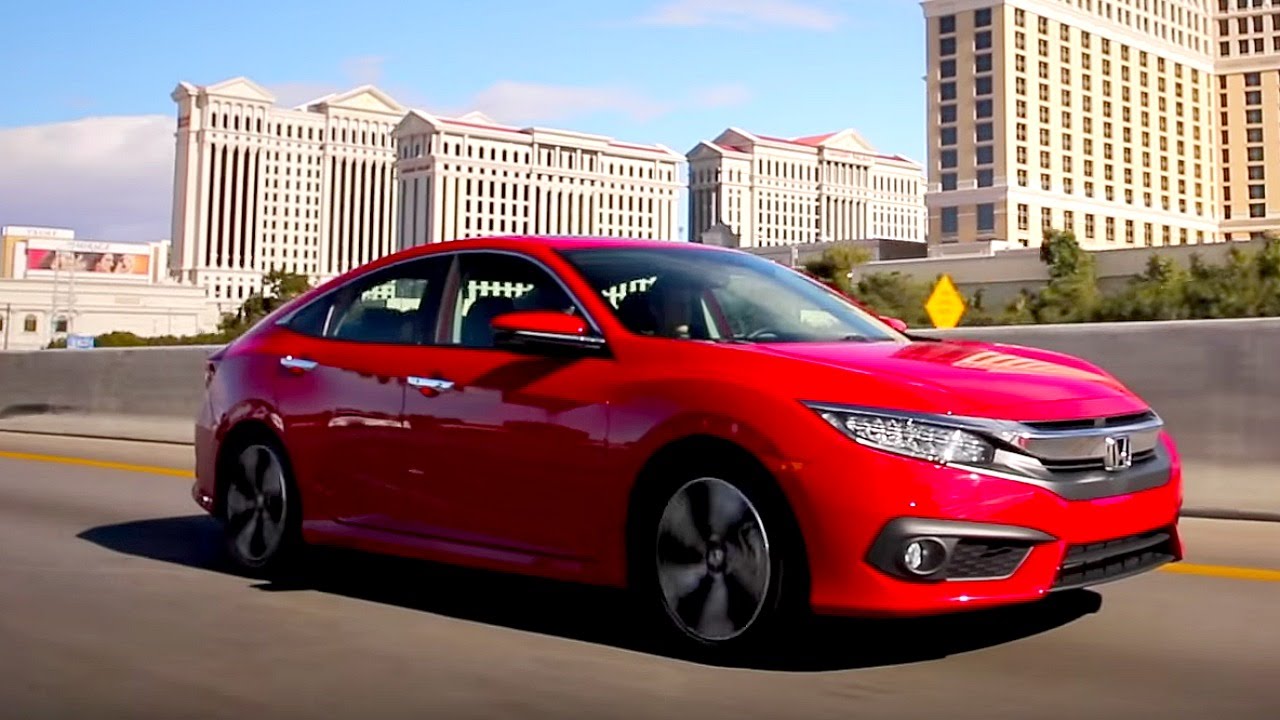
Structurally, the Civic LX benefits from Honda’s Advanced Compatibility Engineering (ACE) body structure, which not only enhances crash protection but also contributes to the vehicle’s rigidity and resistance to developing squeaks and rattles over time.
Suspension components, often an early failure point in economy cars, feature higher-grade bushings and ball joints than similarly priced competitors. Perhaps most impressive is the Civic’s electrical system reliability.
In an era where complex electronics represent the leading cause of modern vehicle headaches, the Civic LX’s straightforward approach to technology offers the right balance of modern features without unnecessary complexity.
Basic but functional infotainment systems and climate controls continue operating flawlessly long after more sophisticated systems in competitor vehicles require costly repairs.
Honda’s attention to corrosion protection also pays dividends for Civic owners in harsh climates, with superior underbody coatings and galvanized body panels that resist rust far better than many vehicles in its price range.
3. Mazda3 2.0
The Mazda3 base model with its 2.0-liter engine represents one of the automotive industry’s best-kept secrets when it comes to durability in an entry-level package. While Mazda lacks the mainstream reliability reputation of Toyota or Honda, the brand has quietly engineered one of the most robust compact cars available, with the base 2.0 model offering particularly impressive longevity.
What separates the base Mazda3 from competitors is Mazda’s philosophical approach to engineering. Unlike manufacturers who view their entry models as mere price leaders, Mazda applies the same engineering standards across its lineup.
The 2.0-liter Skyactiv-G engine exemplifies this approach, featuring an unusually high 13:1 compression ratio that enhances efficiency without sacrificing reliability. This naturally aspirated engine avoids the complexity and potential failure points of turbocharged alternatives while delivering adequate performance and exceptional fuel economy.
Mazda’s transmissions, both the six-speed manual and six-speed automatic available in base models, have demonstrated remarkable durability. The automatic transmission, in particular, stands out for avoiding the CVT technology that has caused reliability issues for some competitors, instead utilizing a conventional design optimized for efficiency and longevity.
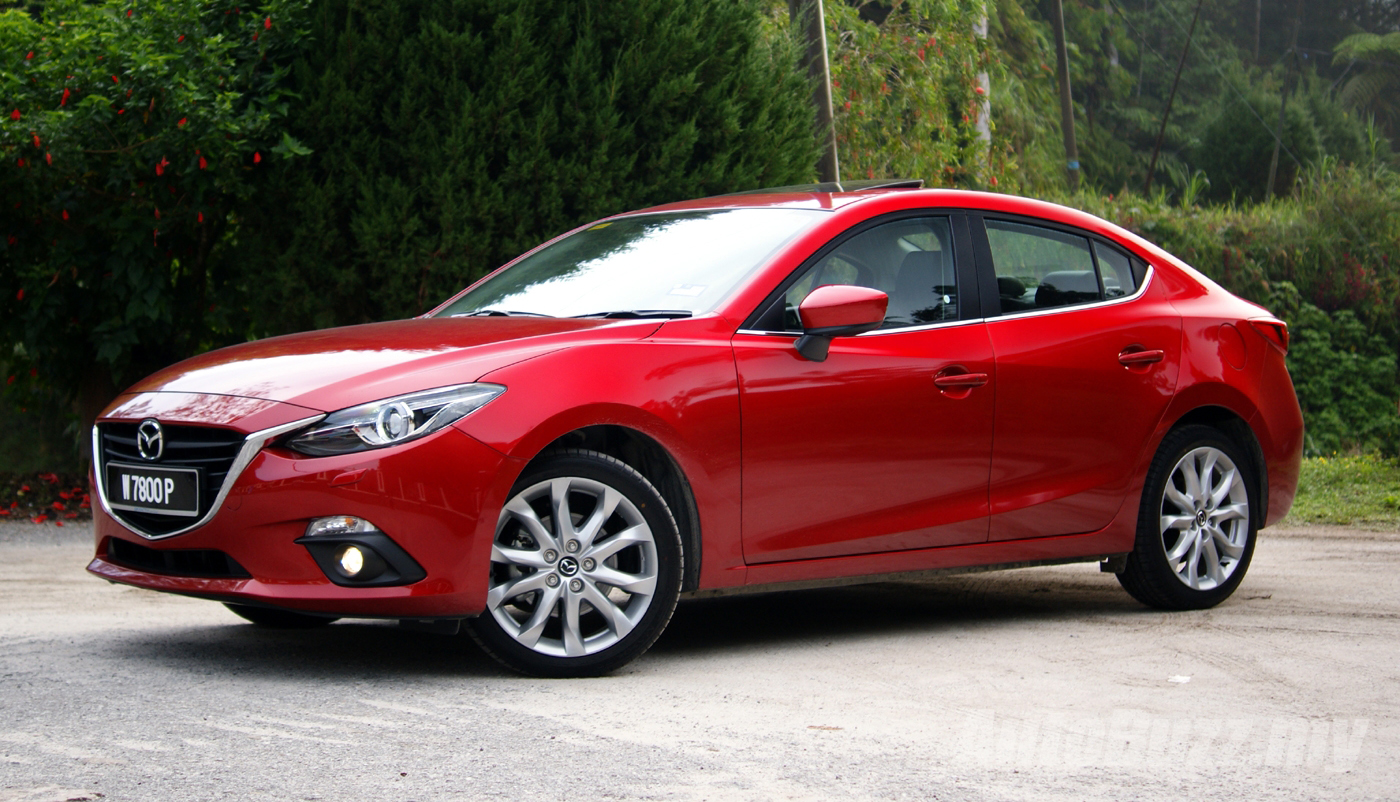
Corrosion protection represents another area where the base Mazda3 excels beyond expectations. Beginning in 2012, Mazda implemented advanced anti-corrosion techniques across its lineup, including extensive use of galvanized steel and advanced painting processes.
These improvements have effectively eliminated the rust issues that plagued older Mazdas, resulting in bodies that maintain structural integrity even in harsh winter environments. The interior quality of the base Mazda3 deserves special mention.
Unlike competitors who use obviously cheaper materials in base trims, Mazda maintains consistent material quality throughout its lineup. The result is an interior that not only looks and feels more premium than the price would suggest but also withstands the wear and tear of daily use without developing the squeaks, rattles, and deterioration common in economy cars.
Electrical system reliability further distinguishes the base Mazda3. The company’s approach of evolutionary rather than revolutionary technology changes has resulted in well-tested electrical systems with minimal failure points. Owners report far fewer issues with sensors, control modules, and infotainment systems than in vehicles with more cutting-edge but less proven technology.
4. Subaru Impreza Base
The Subaru Impreza in its base trim configuration stands as an unlikely champion of durability in the compact car segment. While many base models sacrifice quality for affordability, the entry-level Impreza demonstrates remarkable longevity that contradicts its modest price point.
What makes this achievement particularly noteworthy is that the Impreza delivers this reliability while offering standard all-wheel drive, a feature typically associated with greater mechanical complexity and potential failure points.
At the heart of the Impreza’s durability is Subaru’s 2.0-liter horizontally opposed “boxer” engine. This distinctive flat-four design provides several inherent advantages for long-term reliability. The boxer configuration naturally balances opposing forces, reducing vibration and resulting stress on engine components.
While some earlier Subaru engines gained notoriety for head gasket issues, modern iterations have largely resolved these concerns through improved materials and manufacturing processes. Properly maintained, these engines routinely exceed 200,000 miles without major mechanical failures.
The Impreza’s symmetrical all-wheel-drive system represents another engineering triumph in durability. Unlike more complex on-demand systems used by competitors, Subaru’s permanent AWD setup features fewer electronic components and actuators that could potentially fail. The system’s balanced design distributes wear more evenly across drivetrain components, extending their service life even under demanding conditions.
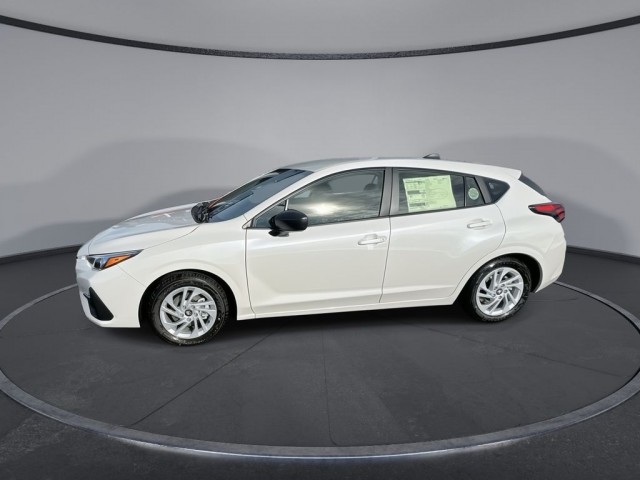
Subaru’s approach to the Impreza’s chassis and suspension further enhances its longevity. The vehicle employs robust suspension components designed to withstand the additional stresses of all-weather driving.
Control arms, bushings, and ball joints demonstrate remarkable resistance to wear, even in regions with poor road conditions. The fully independent suspension design not only improves handling but also allows individual components to be replaced when necessary, often at a lower cost than competitors’ more integrated designs.
Corrosion resistance represents another area where the base Impreza exceeds expectations. Extensive undercoating and strategic use of galvanized steel help the vehicle maintain structural integrity in harsh winter environments where road salt accelerates deterioration in less protected vehicles.
Perhaps most impressively, Subaru achieves this durability while maintaining excellent safety ratings. The Impreza’s robust construction contributes to consistent top scores in crash tests, demonstrating that the company hasn’t compromised structural integrity to achieve either affordability or reliability.
Also Read: 12 Vehicles With the Most Positive Owner Reliability Ratings
5. Kia Soul LX
The Kia Soul LX represents one of the automotive industry’s most remarkable transformations from budget transportation to durability champion. This boxy, entry-level crossover has silently established itself as an unexpected reliability standout, demonstrating that Kia’s 10-year/100,000-mile warranty isn’t just marketing—it’s a legitimate confidence statement about their engineering.
The Soul LX’s durability begins with its straightforward 2.0-liter four-cylinder engine. Unlike competitors who employ complex turbocharged powerplants in base models to meet efficiency targets, Kia chose a naturally aspirated engine with proven technology.
This approach prioritizes longevity over cutting-edge specifications. The engine’s timing chain (rather than belt) design eliminates a common maintenance requirement, while modest power outputs ensure components operate well within their design tolerances, reducing long-term stress.
Transmission reliability represents another Soul LX strong point. The base model’s intelligent variable transmission (IVT) has proven more durable than expected, enefiting from Kia’s conservative engineering approach. Unlike some competitors’ CVTs that demonstrate premature failure, the Soul’s transmission maintains consistent performance well into high mileage when maintained according to schedule.

The Soul’s electrical system reliability deserves particular recognition. In an era where electrical faults represent the leading cause of modern vehicle headaches, the Soul LX demonstrates remarkable resistance to such issues. Kia’s methodical approach to electrical architecture, with simplified systems in base models and high-quality connectors throughout, results in far fewer sensor failures, electrical gremlins, and computer module issues than competitors.
Structurally, the Soul benefits from its boxy design, which allows for straightforward engineering with fewer complex curves and joints that could become failure points. The body structure maintains its integrity exceptionally well over time, with minimal reports of water leaks, wind noise development, or structural flexing that plague many economy vehicles as they age.
Interior durability further distinguishes the Soul LX. While materials aren’t luxurious, they’re selected for wear resistance rather than initial softness. The result is an interior that maintains its appearance and functionality long after more expensive vehicles begin showing significant wear. Controls, switches, and handles demonstrate commercial-grade durability rarely found at this price point.
What truly separates the Soul from other base models is Kia’s comprehensive approach to quality improvement. The company has systematically addressed former weak points with each generation, resulting in a vehicle that maintains consumer-pleasing reliability while still offering exceptional value.
5 Base Models That Are Barely Usable
1. Mitsubishi Mirage ES
The Mitsubishi Mirage ES represents one of the most problematic base models on the market today, offering a stark reminder that sometimes, you truly get what you pay for. Despite its appealing entry-level price point, the Mirage ES presents owners with a collection of durability issues that quickly erode any initial savings through repair costs and frustration.
At the heart of the Mirage’s problems is its underpowered 1.2-liter three-cylinder engine, which produces a mere 78 horsepower. This powerplant isn’t just inadequate for modern driving demands it’s also prone to excessive vibration that stresses engine mounts and supporting components.
The resulting premature wear manifests in oil leaks, mounting bracket failures, and exhaust system cracks that typically appear well before the 100,000-mile mark. More concerning is the engine’s tendency to burn oil as it ages, a problem that becomes progressively worse without obvious symptoms until significant damage occurs.
The Mirage’s continuously variable transmission (CVT) compounds these powerplant issues. Owners frequently report jerky operation, delay in power delivery, and outright failures requiring replacement, often just outside the warranty period. The transmission’s inability to manage the engine’s limited power smoothly creates additional strain on drivetrain components, accelerating wear throughout the system.
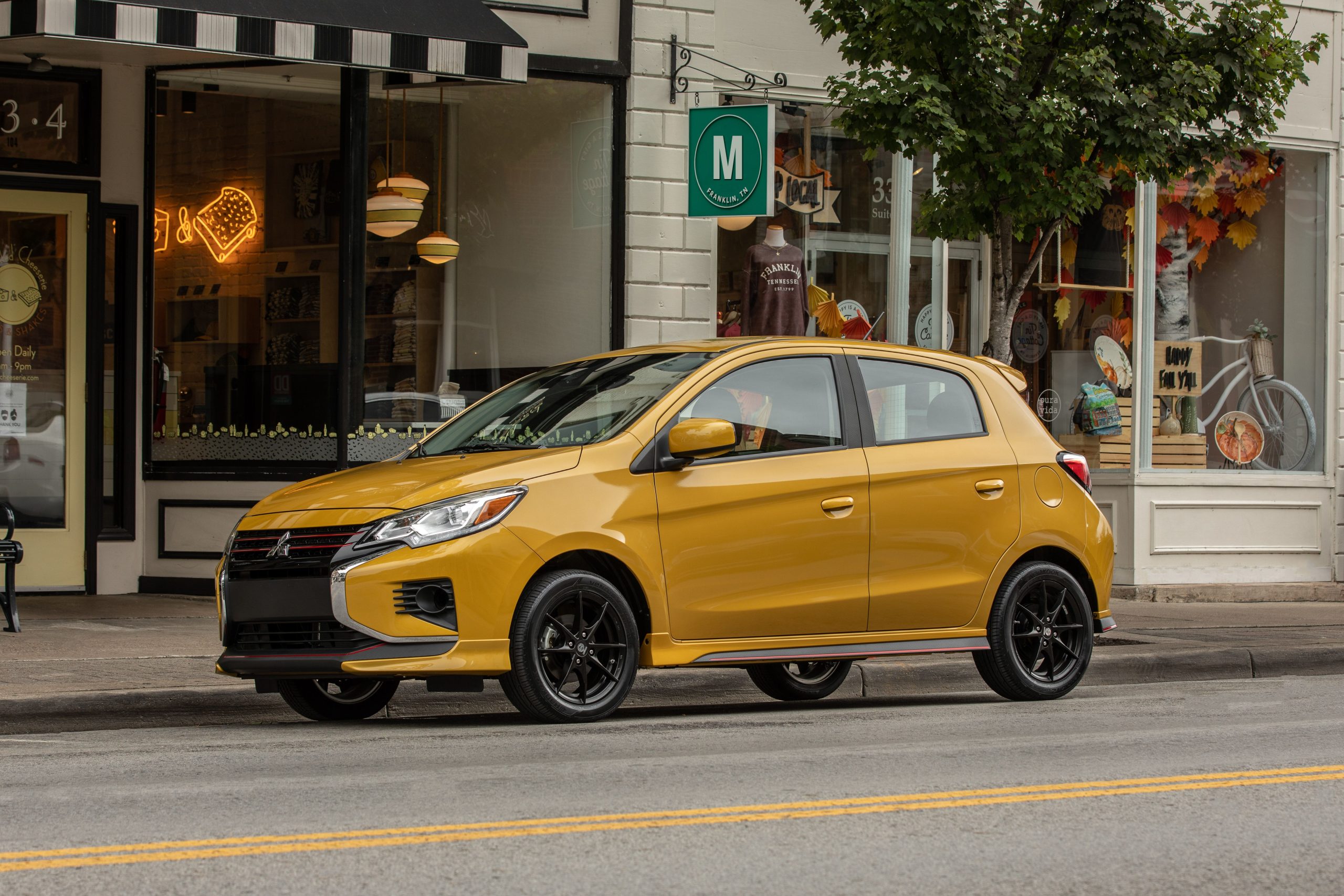
Electrical system reliability presents another significant concern in the Mirage ES. From faulty sensors that trigger check engine lights to climate control systems that fail to maintain consistent operation, the Mirage’s electrical architecture demonstrates concerning fragility. Most troubling are reports of intermittent starting issues that prove difficult to diagnose and often require multiple dealer visits to resolve.
The Mirage’s structural integrity shows similar compromises. Thin-gauge metal and minimal sound insulation contribute to a body structure that feels flimsy even when new.
Over time, this translates to developing squeaks, rattles, and vibrations that penetrate the cabin. Door hinges and latches demonstrate premature wear, with misalignment issues developing far earlier than in competitive vehicles.
Interior durability represents perhaps the Mirage’s most visible failure point. Seat fabrics show wear patterns within the first year of ownership, while plastic trim pieces often crack or break under normal use.
Control knobs, buttons, and switches develop irregular operation or outright failure at mileage points where competitors’ components continue functioning flawlessly.
Most telling is the Mirage’s rapid depreciation, which reflects the market’s assessment of the vehicle’s true value over time. The model consistently ranks among the fastest-depreciating new cars, losing value at nearly twice the rate of more durable competitors in the same segment.
2. Nissan Versa S
The Nissan Versa S represents one of the automotive industry’s most problematic value propositions a base model whose initial affordability quickly disappears under the weight of durability issues and frequent repairs.
Despite periodic redesigns intended to address quality concerns, the entry-level Versa continues to demonstrate persistent reliability problems that make it a questionable long-term investment.
Central to the Versa’s troubles is Nissan’s infamous continuously variable transmission (CVT). Even in its most recent iterations, this transmission demonstrates alarming failure rates, with many owners reporting complete transmission replacement needs between 60,000 and 100,000 miles just as the warranty coverage expires.
The symptoms begin subtly with hesitation and shuddering during acceleration before progressing to more severe performance issues. While Nissan has extended warranty coverage on this component in some years, the fundamental design appears inherently flawed.
The Versa’s 1.6-liter four-cylinder engine, while adequate for basic transportation when new, develops concerning reliability issues as mileage accumulates. Excessive oil consumption becomes common after 80,000 miles, with some units requiring a quart of oil every 1,000 miles without visible leaks or smoke a problem that owners often don’t notice until engine damage has occurred.
Variable valve timing components and sensors demonstrate particularly high failure rates, resulting in check engine lights and performance issues that require expensive diagnostics and repairs.
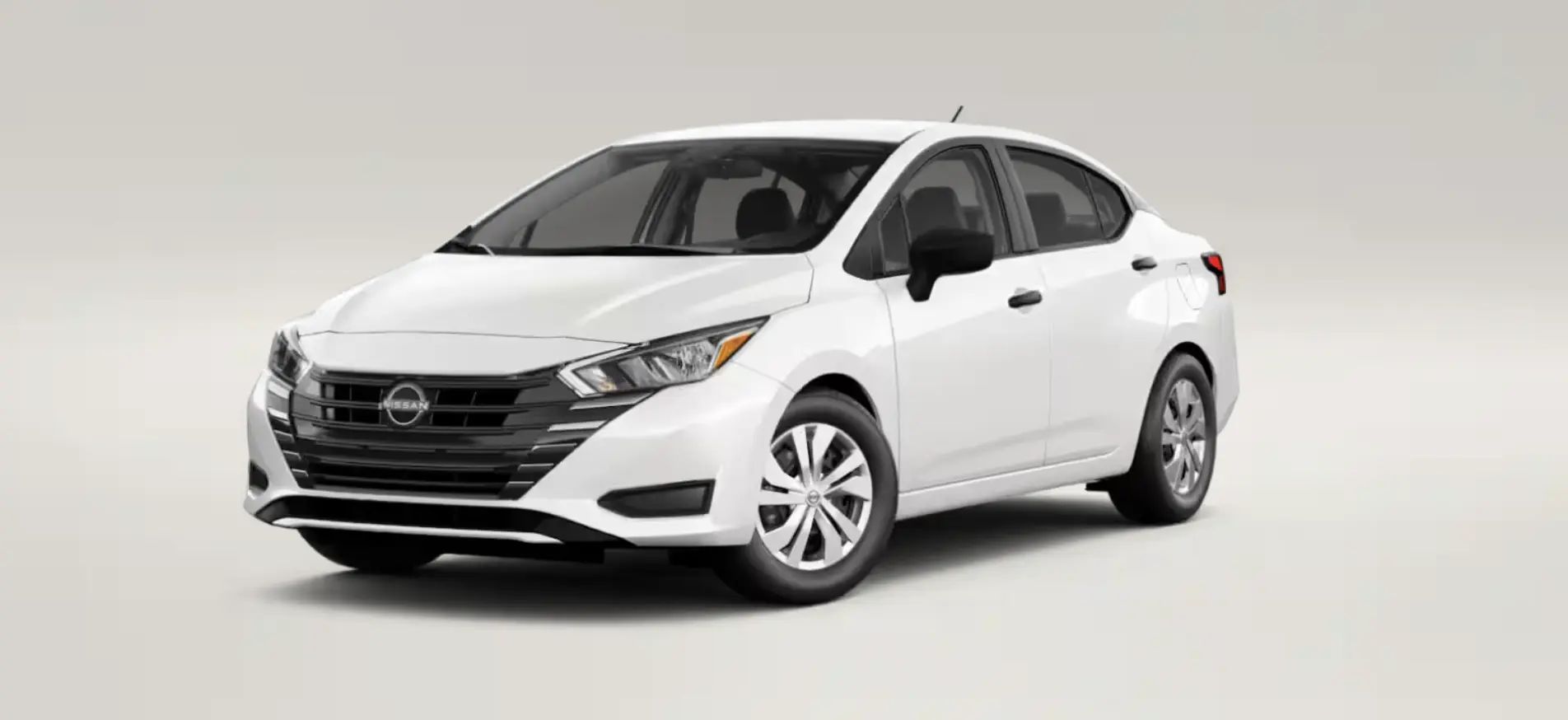
Electrical system reliability represents another significant Versa S weakness. From failing power window regulators to malfunctioning dashboard displays, the vehicle’s electrical architecture seems prone to premature failure.
Particularly troubling are the frequent reports of air conditioning system failures, with compressors and control modules requiring replacement at mileage points where competitors’ systems continue functioning without issue.
The Versa’s suspension components demonstrate similar durability concerns. Control arm bushings, strut mounts, and stabilizer links frequently require replacement before 60,000 miles, maintenance items that typically last twice as long in competing vehicles.
This accelerated wear not only increases ownership costs but also creates safety concerns as handling deteriorates. Interior quality further undermines the Versa S experience.
Seat fabrics show premature wear patterns, while plastic trim pieces develop squeaks and rattles within the first two years of ownership. Door panels and dashboard materials prove especially susceptible to sun damage, with cracking and warping common in warmer climates.
What ultimately relegates the Versa S to “barely usable” status isn’t any single catastrophic flaw, but rather the cumulative effect of multiple systems requiring attention far earlier than expected.
The frequency of repairs creates a vehicle ownership experience defined by unreliability and unexpected expenses, ultimately costing owners far more than the initial purchase savings.
3. Chevrolet Spark LS
The Chevrolet Spark LS exemplifies how a manufacturer’s cost-cutting measures in a base model can create a vehicle that fails to meet even modest expectations for durability and functionality.
As Chevrolet’s least expensive offering, the Spark LS sacrifices fundamental quality to achieve its entry-level price point, resulting in a vehicle that quickly reveals its compromises through accelerated wear and repeated failures.
The Spark’s anemic 1.4-liter four-cylinder engine, producing just 98 horsepower, operates under constant stress during normal driving conditions. This perpetual strain manifests in several durability issues, including premature timing chain wear, a particularly concerning problem given that timing chain replacement requires substantial engine disassembly.
By 80,000 miles, many Spark engines develop persistent oil leaks from various gaskets and seals that deteriorate faster than expected due to the engine’s operating characteristics.
Transmission durability presents another significant concern. The continuously variable transmission (CVT) available in the Spark LS demonstrates alarming failure rates, with many owners reporting complete transmission replacement needs between 60,000-90,000 miles.
Even the manual transmission option suffers from premature clutch wear and synchronizer issues that result in difficult shifting long before comparable components would typically require attention.
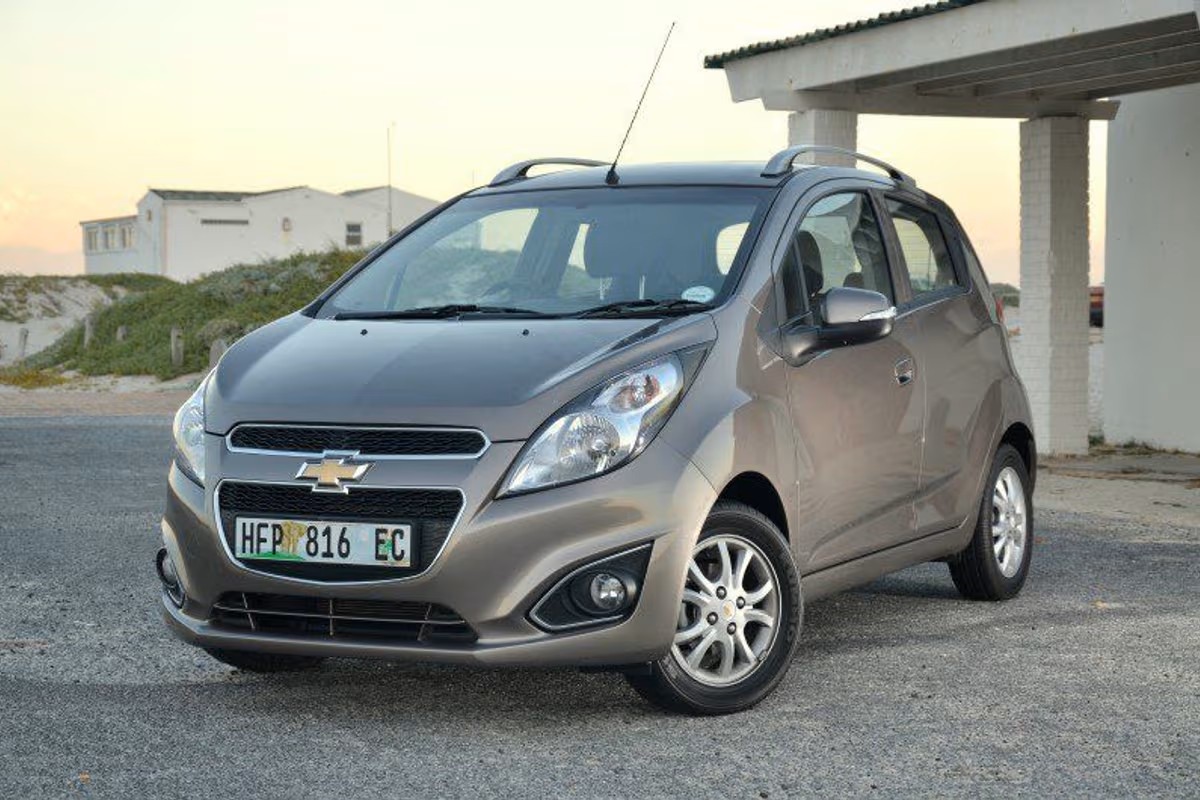
The Spark’s electrical system reliability undermines basic functionality in concerning ways. From malfunctioning power window regulators to intermittent starting issues, the vehicle’s electrical architecture appears fundamentally fragile.
Particularly troubling are the frequent reports of instrument cluster failures, where gauges provide inaccurate readings or cease functioning entirely. The infotainment system, while basic, demonstrates frustrating glitches and connectivity problems that dealers often struggle to permanently resolve.
Structural integrity represents another compromised area. The Spark’s lightweight construction, while beneficial for fuel economy, results in body flex that gradually increases over time.
This progressive deterioration leads to developing door alignment issues, water leaks during heavy rain, and increasing road noise as seals and insulation compress beyond their recovery point.
The interior quality of the Spark LS perhaps most visibly demonstrates its barely usable nature. Seat cushions flatten and deform within the first year of ownership, while control knobs and buttons develop irregular operation or break entirely under normal use.
Dashboard materials show alarming susceptibility to sun damage, with cracking common even in moderate climates. Most telling is how the Spark performs in severe weather conditions.
The vehicle’s minimal insulation, marginal heating and cooling capacity, and questionable stability in crosswinds create a driving experience that feels fundamentally unsafe during anything but ideal conditions, a serious limitation for what should be practical transportation.
4. Fiat 500 Pop
The Fiat 500 Pop represents one of the automotive market’s most visually charming yet mechanically troubled base models. This entry-level variant of Fiat’s retro-inspired compact combines distinctive European styling with a collection of durability issues that quickly transform ownership from delightful to devastating.
Despite its aesthetic appeal, the 500 Pop demonstrates how prioritizing style over substance can result in a vehicle that fails to fulfill its basic transportation mission.
At the center of the 500 Pop’s troubles is its 1.4-liter MultiAir engine, which exhibits an alarming array of reliability issues. The sophisticated variable valve timing system (MultiAir) proves particularly problematic, with many owners reporting complete failure of this critical component between 60,000-80,000 miles.
When this system fails, it often causes cascading damage to other engine components, resulting in repair bills that frequently exceed the vehicle’s remaining value. Even routine maintenance proves challenging, with spark plug changes requiring specialized tools and procedures that many independent shops refuse to perform.
The 500’s transmission options compound these powertrain concerns. The five-speed manual transmission exhibits premature synchronizer wear, resulting in difficult shifting and grinding between gears well before 100,000 miles.
The automatic option, a six-speed unit, demonstrates alarming failure rates with internal clutch packs and solenoids requiring replacement at mileage points where competitors’ transmissions continue functioning without issue.
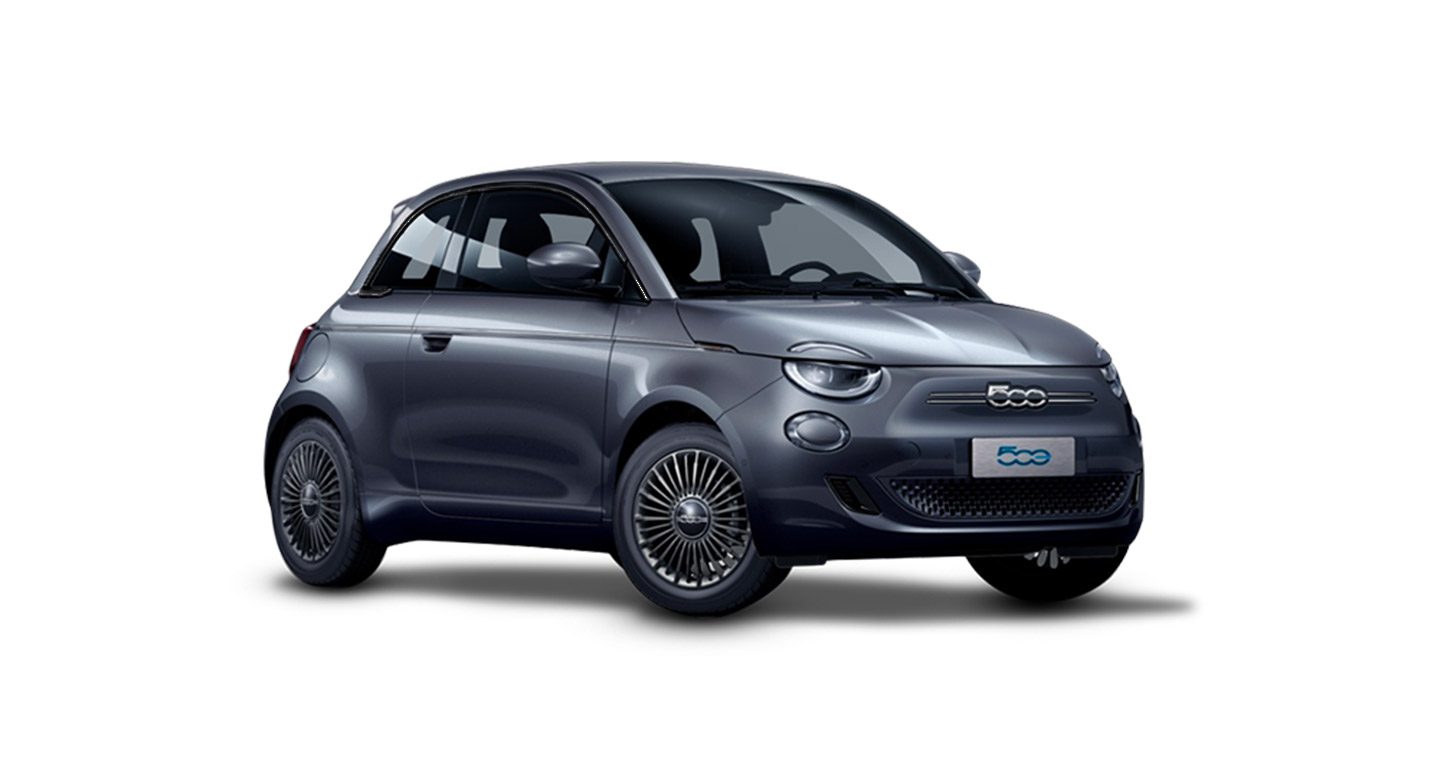
Electrical system reliability represents perhaps the 500s’ most frustrating weakness. From random stalling issues to inexplicable warning lights, the vehicle’s electrical architecture seems fundamentally flawed.
Particularly concerning are the frequent reports of total electrical failure during operation, with vehicles suddenly losing power while driving. Diagnosing these issues often requires specialized equipment available only at Fiat dealerships, which have become increasingly scarce in North America.
The 500’s body structure, while visually appealing, demonstrates concerning longevity issues. Door hinges and latches frequently require adjustment or replacement, while water leaks develop around the windshield and sunroof seals much earlier than in competitive vehicles.
The painted exterior panels show alarming susceptibility to stone chips and environmental damage, with rust developing quickly in affected areas.
Interior durability further undermines the ownership experience. Despite the cabin’s charming design, material quality proves disappointing, with seat fabrics showing excessive wear patterns and plastic trim pieces breaking under normal use.
The dashboard’s distinctive materials prove especially vulnerable to sun damage, with warping and discoloration common in warmer climates. Perhaps most telling is the 500’s catastrophic depreciation curve, which reflects the market’s assessment of the vehicle’s true durability.
Few modern vehicles lose value as rapidly as the Fiat 500, with three-year-old examples often worth less than 30% of their original purchase price, a stark warning about the model’s long-term viability.
5. Dodge Journey SE
The Dodge Journey SE stands as a cautionary tale in the base model vehicles, a crossover whose fundamental engineering and quality control issues create an ownership experience defined by frustration and frequent repairs.
As the entry point to the Journey lineup, the SE trim delivers a particularly problematic combination of outdated technology and questionable durability that makes it difficult to recommend at any price point.
At the heart of the Journey SE’s troubles is its ancient 2.4-liter four-cylinder engine paired with an equally outdated four-speed automatic transmission.
This powertrain not only delivers sluggish performance but also demonstrates concerning reliability issues as mileage accumulates. Oil consumption becomes progressively worse after 60,000 miles, with many engines requiring a quart every 1,000 miles, a rate that indicates serious internal wear. The engine’s timing chain tensioner represents a particular failure point, with replacement often necessary between 80,000-100,000 miles to prevent catastrophic engine damage.
The transmission demonstrates equally troubling durability characteristics. Harsh shifting becomes common after 50,000 miles, with complete failure rates significantly higher than industry averages.
The transmission’s outdated four-speed design lacks the efficiency and durability improvements found in more modern units, resulting in both poor fuel economy and questionable longevity.
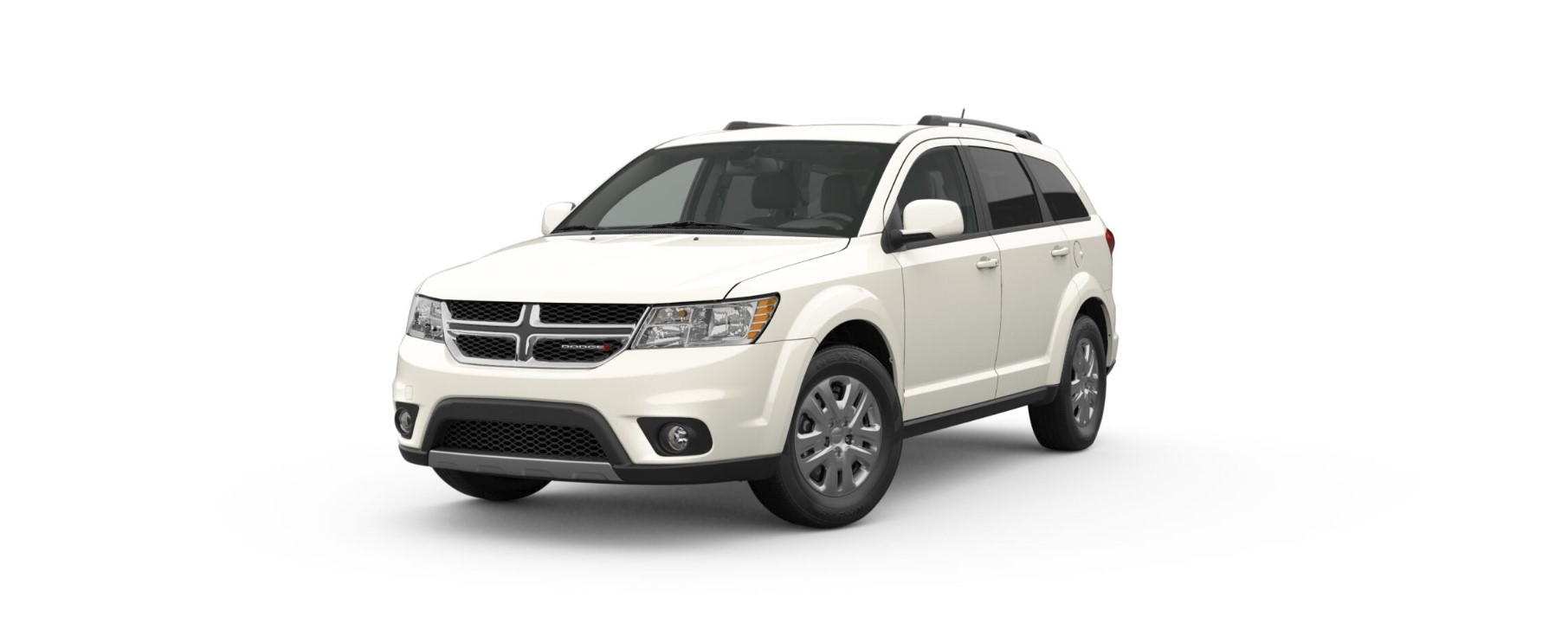
Electrical system reliability presents another significant concern in the Journey SE. From malfunctioning power accessories to complete instrument cluster failures, the vehicle’s electrical architecture seems fundamentally compromised.
Particularly troubling are the frequent reports of TIPM (Totally Integrated Power Module) failures, a critical component that controls most electrical functions in the vehicle. When this module fails, symptoms range from random accessory activation to complete starting failure, often requiring expensive replacement.
The Journey’s cooling system demonstrates alarming fragility, with radiators, water pumps, and thermostats requiring replacement far earlier than in competitive vehicles. These cooling system failures often cascade into more serious issues, as overheating episodes can damage cylinder heads and gaskets, resulting in repair bills that frequently exceed the vehicle’s remaining value.
Interior quality further undermines the Journey SE experience. Seat fabrics show premature wear patterns, while plastic trim pieces crack and break under normal use. Door panels and dashboard materials prove especially susceptible to sun damage, with warping common in warmer climates. Control knobs, buttons, and handles demonstrate concerning fragility, with many requiring replacement within the first five years of ownership.
Most telling is how Journey owners describe their dealer experiences frequent visits for warranty repairs followed by expensive post-warranty maintenance needs create a vehicle ownership experience defined by inconvenience and unexpected costs. The model’s rapid depreciation reflects the market’s assessment of these issues, with three-year-old examples often worth less than 40% of their original purchase price.

